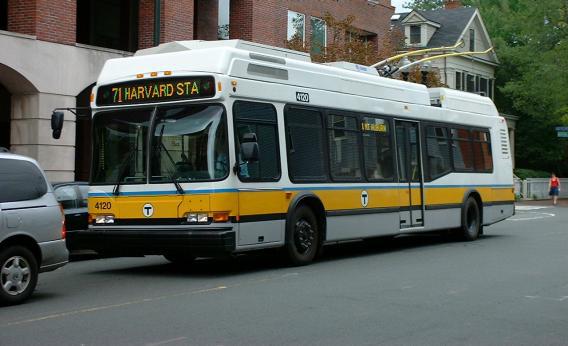We often emphasize the fact that consumers have a very limited short-term ability to change their behavior in response to higher gasoline prices, but we shouldn’t mistake that for no ability. Mass transit ridership, for example, rose 2.3 percent in 2011, in part thanks to more expensive gasoline.
In many cities, rising transit usage can set off a virtuous circle. If your city’s buses get fuller, that means the mass transit agency is getting more revenue and will be able to afford better service or lower fares in the future. Of course in the most-used transit systems more riders—especially at rush hour—just creates a congestion disamenity. But in most American cities, or during off-peak hours, it’s really a win-win.
